Industrial Avalanche Mitigation Methods: Understanding the Risks
Outdoor worksites, resource roads, exploration or survey activities, mining access roads, and operations may be exposed to avalanche hazards. We will be explaining the industrial avalanche mitigation methods for these operations facing an avalanche hazard. Though the primary element at risk is people, other valuable assets, such as equipment or temporary facilities (e.g., a diamond-drilling rig), can also be at risk.
Logging access roads, harvesting operations, standing timber resources, and reforestation may also face avalanche hazards (Weir, 2002). Cross-mountain transmission and local distribution lines are vulnerable to avalanches (Stethem et al., 2003). The avalanche threat to pipelines and transmission lines reflects the risk of environmental damage (pipelines) or loss of service in utilities (transmission and pipelines). While snow avalanches do not usually affect pipelines buried below the ground surface, they can threaten above-ground infrastructure (e.g., valves) and access routes. Due to these hazard, industrial avalanche mitigation methods will need to be explored and applied to the various operational needs.





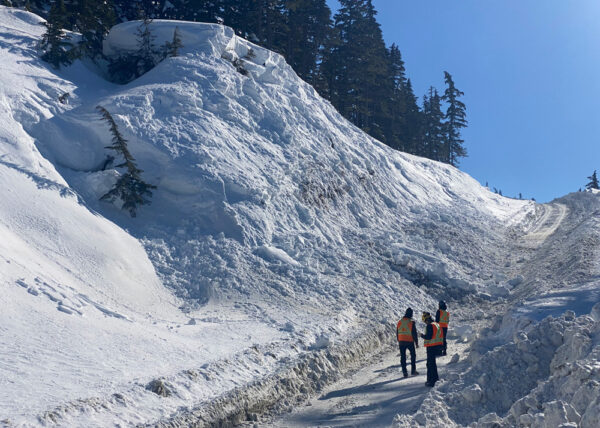
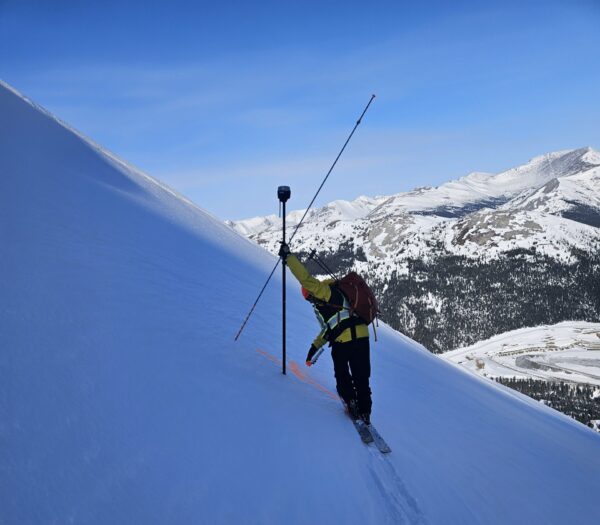

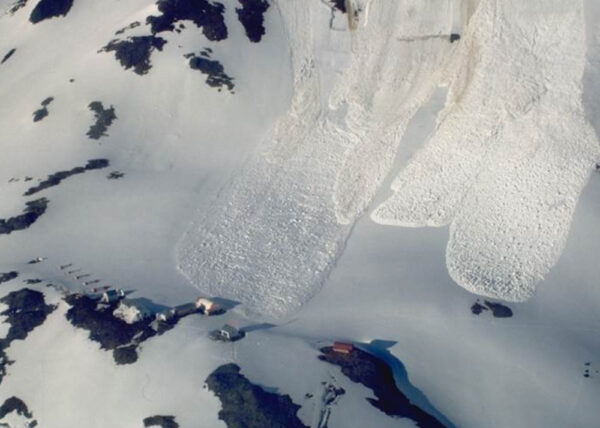
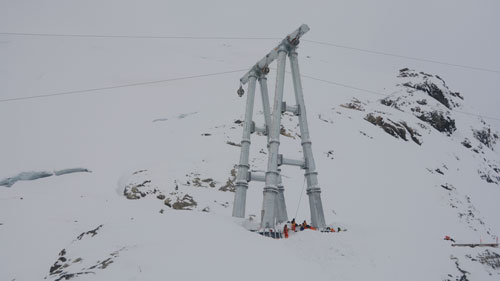
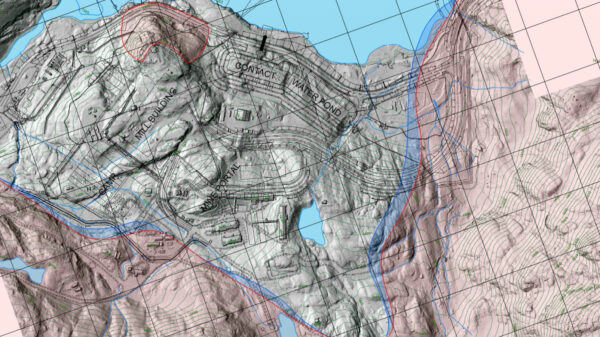
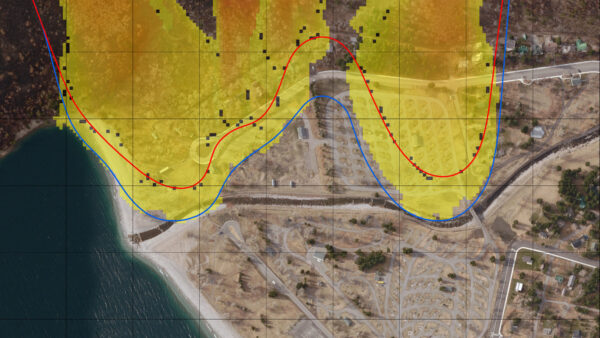
Reader Interactions